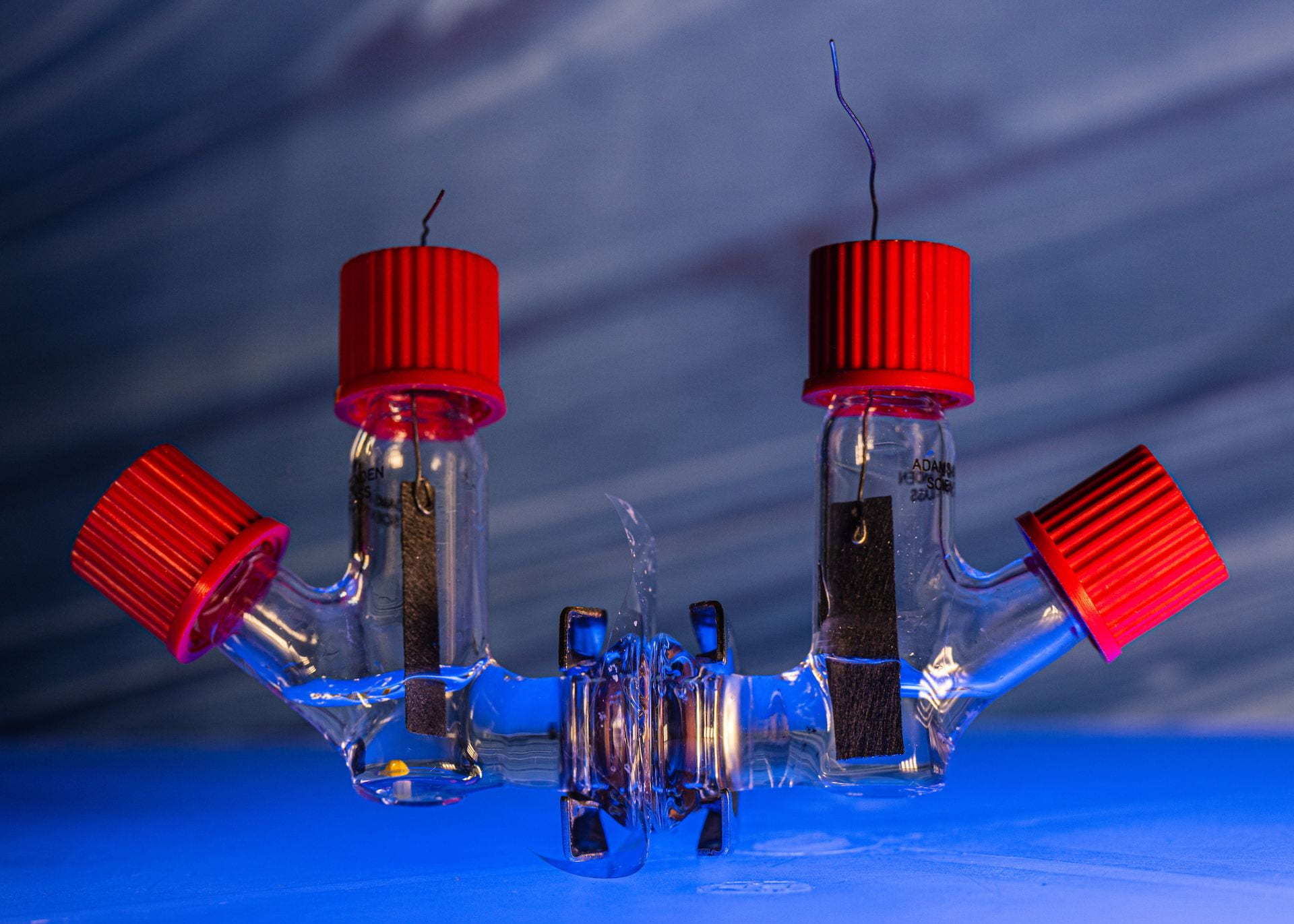Synthetic biologists at Rice University have discovered a technique to leverage the glucose monitoring technology present in automated insulin dosing systems and adapt it to almost any drug’s monitoring and dosage.
Researchers in Caroline Ajo-Franklin’s lab recently demonstrated the technique in a study published in Nature Communications. They did this by modifying a blood-glucose sensor to detect the anticancer drug afimoxifene, an oestrogen inhibitor that patients’ bodies also produce after taking tamoxifen chemotherapy.
Ajo-Franklin’s team hopes to expedite the development of automated dosing systems for chemotherapies and other drugs, as well as other technologies for real-time monitoring of biomarkers in the blood, by building on mature biosensing technology that is commercially available at most drug stores for less than $20.
The dream is to have technology similar to what’s available today for monitoring and treating variations in blood glucose, and have that be true for basically any drug.
Millions of people use blood-glucose monitors every day. If we can use that same basic technology to monitor other drugs and biomarkers, we could move away from the one-size-fits-all dosing regimes that we’re stuck with today.
Ajo-Franklin, a bioscientist, cancer researcher and director of the Rice Synthetic Biology Institute.
A biological mechanism in which certain proteins attach to glucose molecules and release electrons is at the core of blood-glucose monitoring technologies. In a matter of seconds, millions of these reactions occur, producing a tiny electrical current that is directly correlated with the blood sample’s glucose content.
The study’s primary author, postdoctoral research associate Rong Cai, examined over 400 subtly altered forms of the electron-releasing protein before identifying one that interacted with afimoxifene to lower blood glucose reaction current output. By comparing the lowered current from the modified test with the current generated by the conventional glucose test, the team was able to identify the presence of afimoxifene.
Also Read| Can milk overcome diabetes? The first insulin-producing transgenic cow created
Ajo-Franklin’s team collaborated with Rice engineer and materials scientist Rafael Verduzco’s research group to develop an afimoxifene sensor that would release a current upon detection of the drug, to showcase the technique in an electrical gadget.
According to Ajo-Franklin, her laboratory is now working on techniques to increase the sensitivity of drug tests based on glucose as well as quick identification of glucose-oxidizing proteins that can detect medications other than afimoxifene.
The glucometer is the part that’s so well-developed.
While our target is different, it’s just a matter of engineering and changing the protein on the inside. On the outside, everything will still be the same. You can still do the test with a strip or on your arm.
Rong Cai
Also Read| Diagnosis of prostate cancer made advanced by microscopy plus deep learning
The technology’s ability to generate an electrical output, according to her, is another important component.
If your signal is electrical, you can read it in your phone, store its data in your phone, send it to the cloud, whatever.
That’s the part, that marriage between electricity and biology, that is very attractive.
Rong Cai
Source: RICE News
Journal Reference: Cai, Rong, et al. “Creation of a Point-of-care Therapeutics Sensor Using Protein Engineering, Electrochemical Sensing and Electronic Integration.” Nature Communications, vol. 15, no. 1, 2024, pp. 1-11, https://doi.org/10.1038/s41467-024-45789-9.
Last Update:






